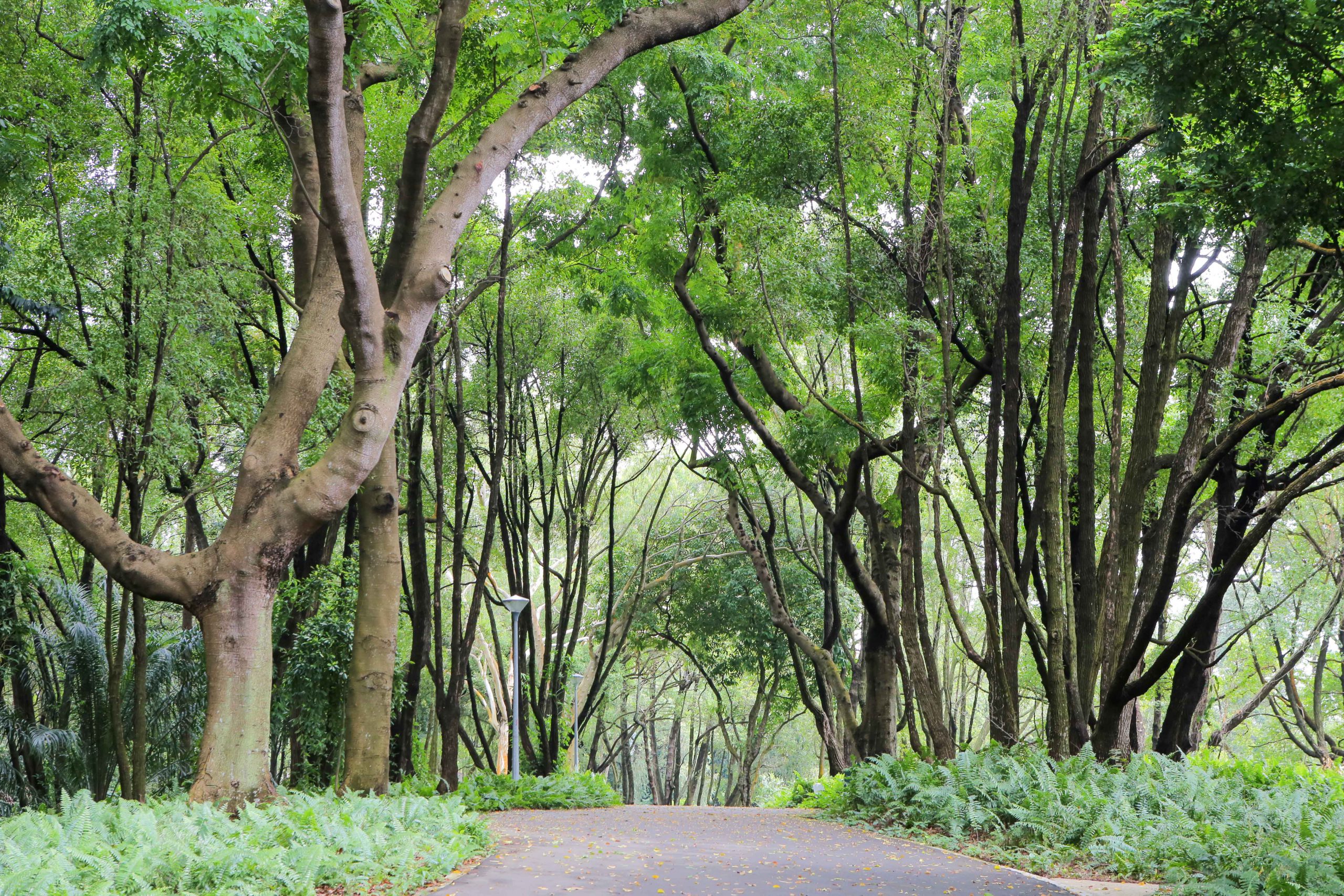Are we willing to pay for ecosystem services provided by others?
September 21, 2021
In land-scarce Singapore, the clean air we enjoy is mostly contributed by forests in neighbouring countries.
We rarely think of clean, smoke-free air as something that has a price tag fixed on it. Yet in reality, other than the price we pay for masks, air purifiers, air conditioners and other tangible costs, we also experience intangible costs such as having to put up with the discomfort of wearing a mask and not being able to exercise outdoors when the air around us is polluted.
Payments for Ecosystem Services (PES) are financial arrangements where beneficiaries of environmental services reward those who provide the ecosystem services they benefit from. The clean air generated from forests is one example of an ecosystem service.
In ‘Are we willing to pay for ecosystem services provided by others?’ (The Business Times, 2021), Dr Helena Varkkey (NUS Asia Research Institute), Dr Michelle Miller (NUS Asia Research Institute), and Associate Professor Alberto Salvo (NUS Department of Economics) explore the willingness of Singaporeans to pay for reduced levels of air pollution.
A 2017 study found that people in Singapore were willing to pay around 1% of their annual income, and up to S$118, for a haze-free year. The national willingness-to-pay amount therefore lies at around S$400 million to S$700 million. During the 2015 episode of severe haze in Singapore, the Ministry of Sustainability and the Environment estimated a loss of S$700 million , which turns out to be similar to the amount Singaporeans are willing to pay to avoid haze. Recent cost estimates of the restoration of Indonesia’s priority ecosystems were also calculated to be around S$600 million. This therefore suggests that the amount that Singaporeans are willing to pay to enjoy fresh air could be used to support changes towards carbon-intensive burning practices. Singaporeans are likely to see their money as well spent if they experience an annual reduction in haze pollution.
Though there already exist private donors who contribute to the restoration and protection of these important ecosystems, the team suggested that a transboundary public response could potentially be more effective.
Singapore has offered financial assistance to help combat and control wildfires in the past. However, these offers have at times been rejected. The team thus recommends a PES approach where both countries may be seen as engaging in a trade where they would each receive a reward in return – either monetary, or the reaping of benefits from healthy ecosystem services.
Other studies have also revealed that people in Malaysia, Brunei, and Thailand are similarly willing to contribute a small percentage of their income to avoid air pollution in the broader ASEAN region.
In the longer term, a region-wide culture based on PES could offer a profitable pathway to help nurture ASEAN’s climate adaption and resilience strategy. As the most developed country in ASEAN, and one with limited natural resources, Singapore is in a key position to take leadership of the carbon marketplace of Southeast Asia by investing in nature-based carbon sinks around the region.
Read the article here.


